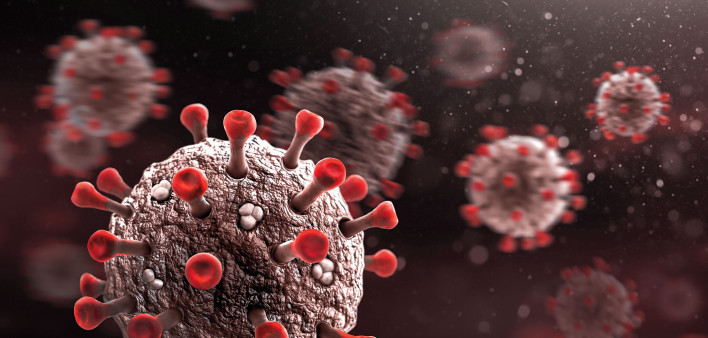Metabolic-associated fatty liver disease (MAFLD) was diagnosed in 55% of individuals with long COVID in a recent study published in Open Forum Infectious Diseases. These findings add to the evidence that long COVID, also known as post-acute COVID syndrome (PACS), may have wide-ranging manifestations.
Arising from the accumulation of fat in the liver, non-alcoholic fatty liver disease (NAFLD) and its more severe form, non-alcoholic steatohepatitis (NASH), are responsible for a growing proportion of advanced liver disease worldwide. As a result of inflammation, NAFLD can lead to fibrosis, cirrhosis and even liver cancer. Fatty liver disease is often associated with abdominal obesity, hypertension and abnormal blood sugar and fat levels (metabolic syndrome), as reflected in the newer term MAFLD. With no effective approved medical therapies, disease management is dependent on lifestyle changes such as weight loss and exercise.
Jovana Milic of the University of Modena in Italy, and colleagues sought to establish the prevalence of MAFLD in people with post-acute COVID syndrome. While it is well known that signs of abnormal liver function may be seen during acute COVID-19, some people experience lasting symptoms.
The researchers recruited 235 adults at an outpatient post-COVID clinic in Italy between July 2020 and April 2021. The median age was 61 years, and 69% were men. People with preexisting hepatitis B, hepatitis C or heavy alcohol consumption were excluded. Fatty liver disease was detected using transient elastography (FibroScan). Participants were diagnosed with MAFLD if they showed evidence of liver fat accumulation along with overweight or obesity, type 2 diabetes, high blood pressure or elevated blood lipids. A hepatic steatosis index (HSI) was calculated using liver enzyme levels and body mass index.
Overall, the group had severe COVID-19. They had all been hospitalized, for 12 days on average, and 19% had received mechanical ventilation. Comorbidities were common: Across the study population, 36% had insulin resistance, 30% had high blood pressure and 28% were diagnosed with metabolic syndrome.
Study participants were diagnosed with long COVID on the basis of neurocognitive, psychological, respiratory, sensory, dermatological or musculoskeletal symptoms. The first PACS clinic visit occurred a median of 143 days after their COVID-19 symptoms first started. More than three quarters reported at least one cluster of PACS symptoms.
At the time of their first hospital admission, 37% were presumed to have MAFLD based on HSI scores. At the time of the first visit to the post-COVID clinic, this rose to 55% as measured by transient elastography. The researchers noted that body mass index, insulin resistance and metabolic syndrome were all independent predictors of MAFLD.
“MAFLD was highly prevalent after hospital discharge and may represent a specific PACS-cluster phenotype, with potential long-term metabolic and cardiovascular health implications,” the researchers concluded.
However, while this study found a correlation between MAFLD and post-COVID syndrome, it does not show that one caused the other. It is well known that obesity and other metabolic abnormalities increase the risk for severe COVID-19, but having COVID may also raise the risk of fatty liver disease.
Click here to read the study in Open Forum Infectious Diseases.
Click here for more news about fatty liver disease and more news about COVID-19.







Comments
Comments